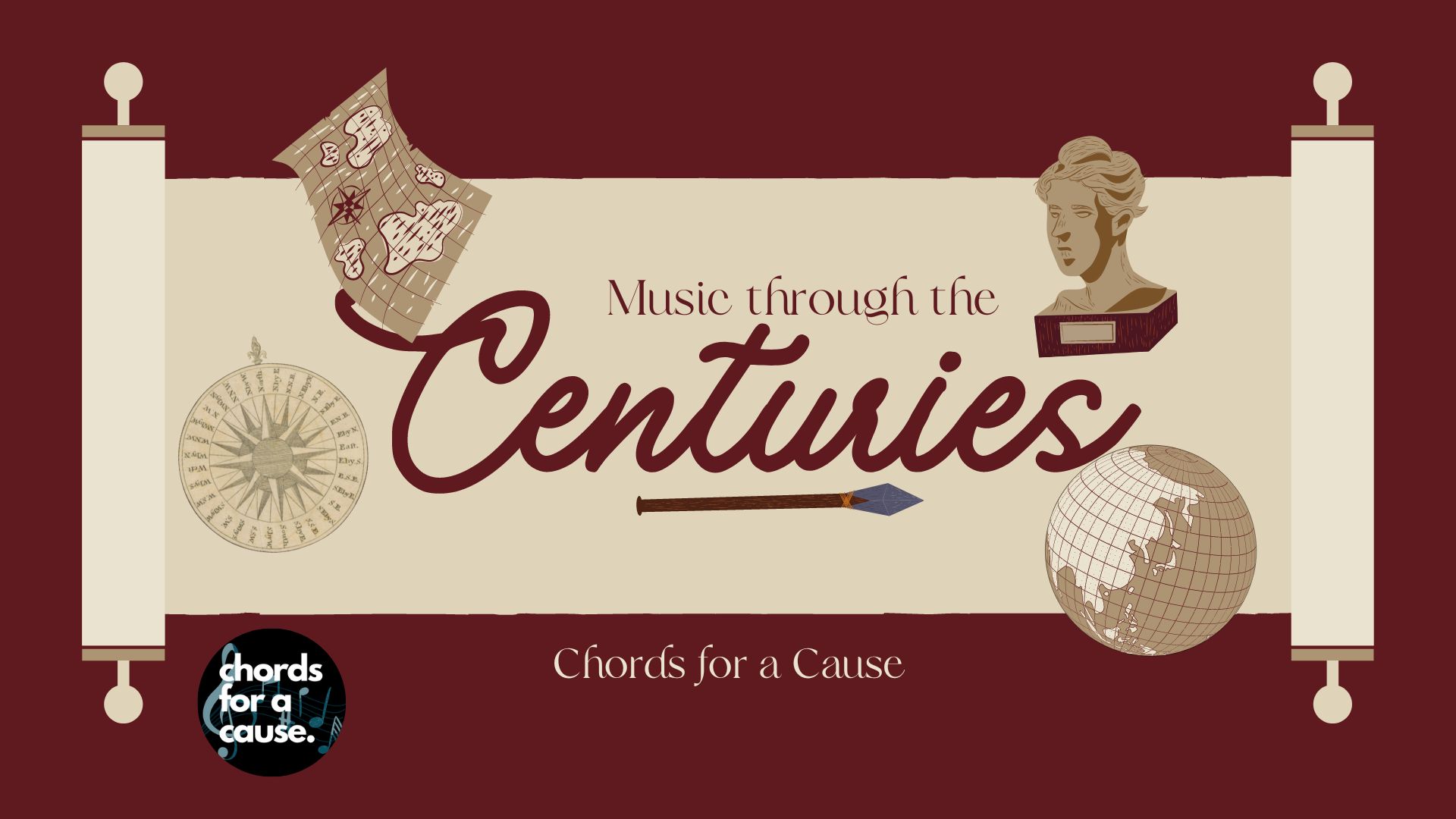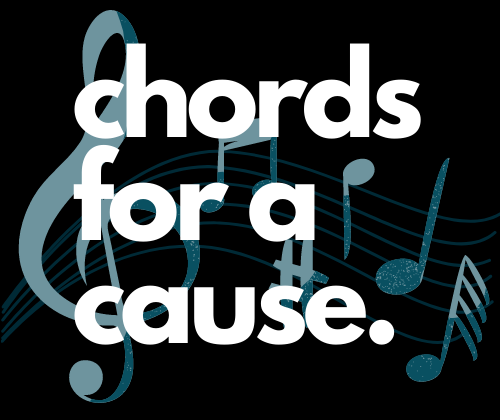Music Through the Centuries


Music has been an integral part of civilized society for as long as mankind has existed. Its uses were many, from religious purposes to simple entertainment. It stands as a testament to the progress of mankind and its journey from the beginning of time to the present day.
The earliest records of music can be traced back to the days of Ancient Greece. This civilization is famously known as the bedrock of Western society – many of our modern-day ideals and forms have roots in Greco-Roman culture, including democracy, philosophy, and fine arts. Musical fine arts in Ancient Greece were of an oral tradition – there was no form of musical notation and, thus, we do not know what it sounded like. We do know, though, that music was a part of everyday life and accompanied many social events. The Greeks thought that music could control one’s mood, deified through the gods Apollo and Dionysus. Apollonian music was associated with order and control, while Dionysian music represented our human emotions. These two distinct ideas played major roles in past societies, creating new forms of expression that would be associated with one or the other.
Moving past Antiquity, the Middle Ages begin. The Catholic Church is the center of power in Europe and the Western world. The Church’s influence is great – it controls and funds the art, leading to a significantly larger amount of sacred art compared to secular arts. It greatly outshines the development of secular arts and the sciences, resulting in minimal societal progress. Music in the Middle Ages would become known as the era where polyphony rises in prominence. In the 14th century, the world sees a shift from the Middle Ages to the Renaissance, a period of dramatic change in human development. Humanism becomes the spirit of the age, focusing on human matter opposed to the supernatural. This change comes after the Church loses a significant amount of its power through religious reformations and other means of expressing the Church’s depravity and corruption. Secular music gains a larger influence in the world of music. The Renaissance would become known as the golden age of polyphony.
Following the Renaissance, the Western world transitioned to the Baroque Era, defined by its irregularity and bizarre nature. Individualism is the focus of the era, highlighting one’s own development rather than that of humanity as a whole. The Thirty-Years War is raging at this time, fought between the Catholic Church and Protestants. Along with this, the so-called “Little Ice Age” also took place during this period, ravaging crops and destroying livelihoods. Secular music overtakes sacred music as the most important vocal music of the era, leading to the further decline of the Catholic Church. Opera is introduced during this time, blending vocal music, instrumental music, and theatre. This new art form becomes known as the “mother of performing arts,” with many new musical developments being made including the creation of new instruments and varieties of musical performances. This period is defined as the rise of instrumental music.
Following this is the most well-known era of music – the Classical Era. Apollonian ideas become the significant ideology of the era – logic, order, and reason. American Democracy is born during this period – Democracy hadn’t been a thing since Ancient Greece! Music changes significantly during this time. The Patronage System emerges as the primary provider of music. In this system, aristocrats finance musicians to compose music intended for the elaborate lifestyle of the nobility. The First Viennese School is established, its members being Joseph Haydn, Wolfgang Amadeus Mozart, and Ludwig Van Beethoven. The multi-movement cycle is created by these composers, the largest form for instrumental music that exploits the theme’s possibilities to the fullest. With a higher form of musical expression, the world transitions to the Romantic Era, full of primarily Dionysian ideals of emotion. This is a reaction to ideas of the Enlightenment, opposing its ideas of industrialization in favor of a return to natural existence. A theme of the Romantic Era’s Fate become present in the most prominent composers of this era, an idea of emotionally tortured and misunderstood people that led to the creation of such expressive music. Said expressive music is brought on most significantly by Frederic Chopin, composer of some of the most famous piano pieces, many of them famous for their extreme emotions. Music in this era expands upon the ideas of the formality of the Classical Era, leading to less balance and symmetry to allow for more expression. Exoticism is often used as a source of inspiration. Opera reaches its peak during this time, many of them having a reoccurring theme of money, sex, and death.
At the turn of the 20th century, the world enters the Modern Era, a style in the arts that aims to break with classical form. This period is defined by its technological innovations in all aspects of life. There is massive domestic migration to major cities, creating massive urban supercenters. The two main forms of art in this era are Impressionism and Expressionism. Impressionism is characterized by a depiction of the visual impression of the moment. In music, this is presented through the timbre and harmony of a piece to create different themes and moods. Counterpart to this is Expressionism, a musical form with a high level of dissonance and dynamic contrast. This is seen as an even stronger reaction against tradition than Impressionism. Nationalism is a major theme in music during this time, presenting a sense of national pride through the use of traditional national ideas and forms. In the aftermath of the Second World War, the Postmodern Era emerges. This concept represents a departure from modernism influenced by the disillusionment brought on by WWII. American culture begins to distance itself from European influence in order to create a completely different depiction of life. While a devastated Europe is recovering from the multiple crises created as a result of the war, American culture rapidly advances, placing the comparably young nation at the forefront of the international stage.
SOURCES:
Epperson, Gordon. “music”. Encyclopedia Britannica, 2 Mar. 2022, https://www.britannica.com/art/music
“Music History from Primary Sources: A Guide to the Moldenhauer Archives: Articles and Essays: the Moldenhauer Archives – the Rosaleen Moldenhauer Memorial: Digital Collections: Library of Congress.” The Library of Congress, https://www.loc.gov/collections/moldenhauer-archives/articles-and-essays/guide-to-archives/music-history/

